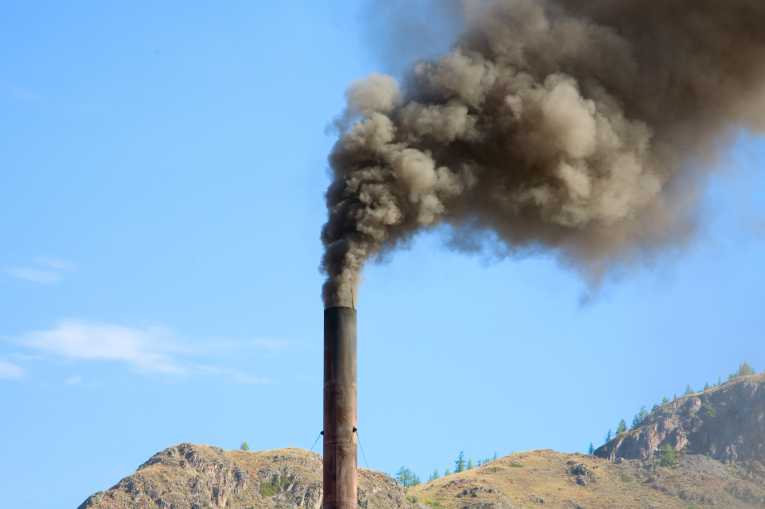Whilst CO2 towers over the other greenhouse gases, and pollutants, that mankind is pumping into the atmosphere - day-in day-out - there are many other players pulling us towards catastrophic climate change. Those 'cinderellas' of the global warming story are highlighted in a Policy Forum in this week's issue of Science, published today. Leading climate scientist, A.J. Weaver from the University of Victoria, argues that we should pay more attention to soot and methane when we get finally get round to framing the successor to the Kyoto protocol.
Carbon dioxide, quite rightly, is the focus of much of the ink spilled over the issue of global warming. It counts for two-thirds of the excess warming that the globe is experiencing from man's actions. It is also one of the longest lasting of the greenhouse gases, hanging around in the atmosphere for tens of thousands of years. If all emissions stopped tomorrow, warming would carry on for centuries to come, as the planet adjusted to that persistent CO2.
But other emissions can have a more powerful warming effect in the short term, even if they are more quickly cycled out of the climate change equation. And in fact, that short lifespan makes reward, of reducing their warming effects, something that is seen much more quickly than is the case with CO2.
Black soot is one of the culprits facilitating climate change that we should be looking at, says Dr. Weaver. Soot is released when fossil fuels or woody materials are burnt. The tiny dark particles are blamed for massively increasing the warming and melting of ice and snow, both near the poles and on mountain glaciers.
Being dark, they absorb more of the sunlight than the white snow or ice, which reflects much of the incoming light. But soot particles could be prevented from entering the atmosphere relatively easily, says Dr Weaver in the article. By including soot in the Kyoto replacement, developing nations would also be bought into the mechanism, which has mainly focused on developed countries so far.
Methane is another case where policies to actively control its emissions need adjusting. When Kyoto was first agreed, it was thought that methane was 21 times as potent a greenhouse gas as CO2, over 100 years. That has been bumped up, as scientists have better understand the role it plays in the atmosphere - and it's Global Warming Potential (GWP) number now stands at 25. Weaver suggests reflecting this new importance of methane in 'Kyoto Two', especially as it too has a short lifespan in the atmosphere - some 12 years.
Both these measures would bring more parties to the table of tackling global warming - improving reporting, and strengthening global action to cut emissions of all of the warming pollutants. And by focusing on actions that will produce beneficial effects faster, we may just buy a little extra time for the tackling of the emissions giant - carbon dioxide.










